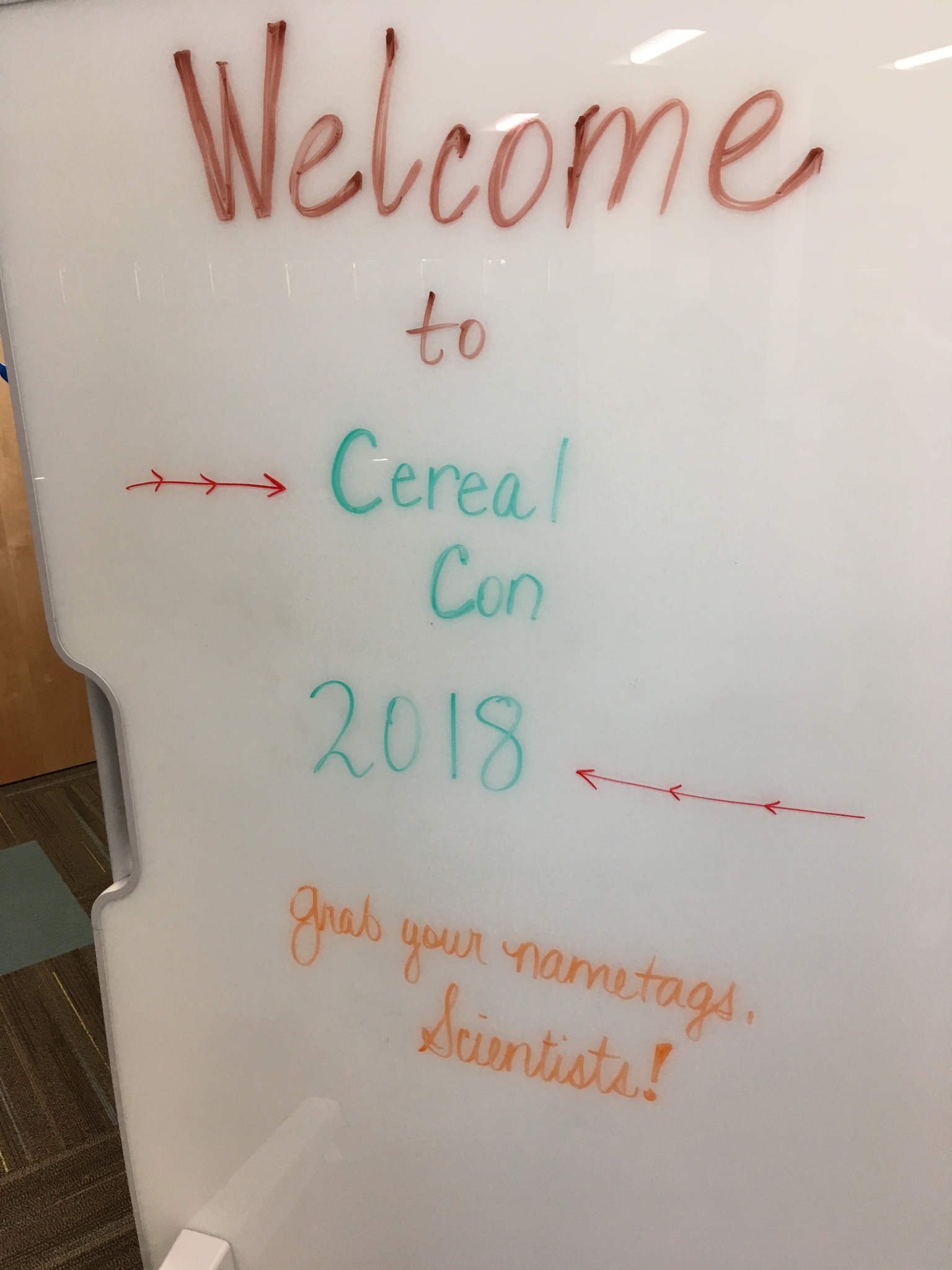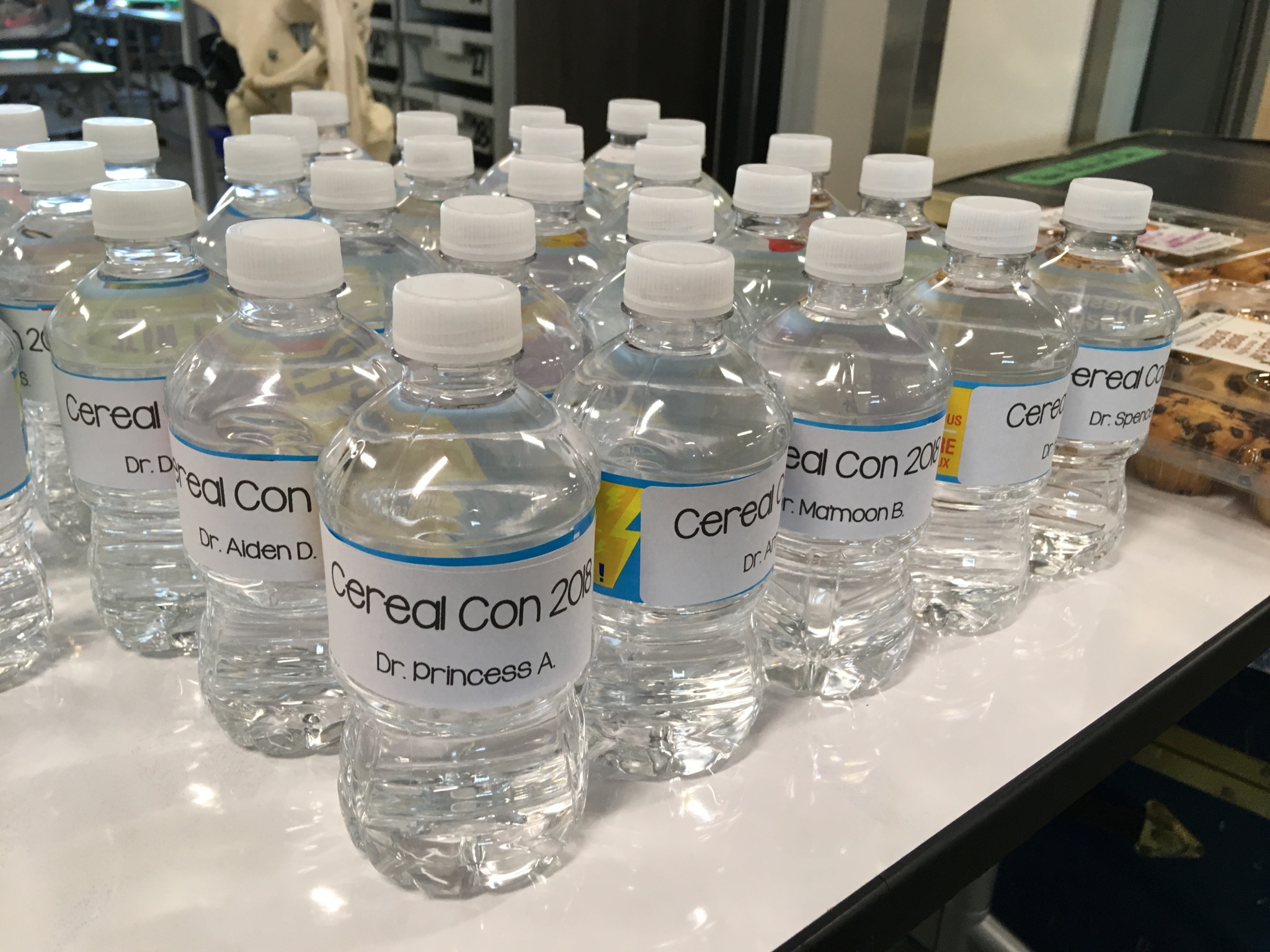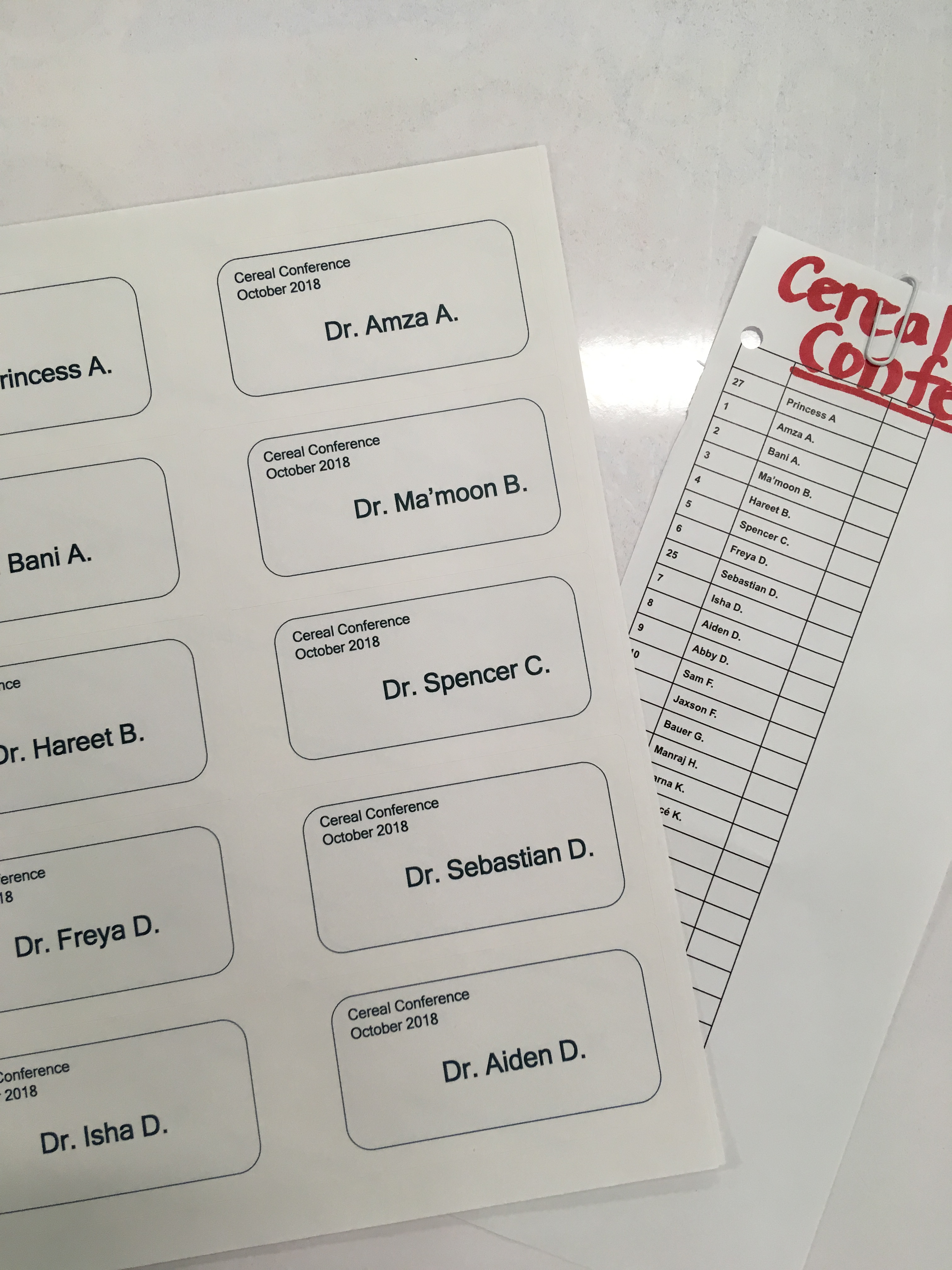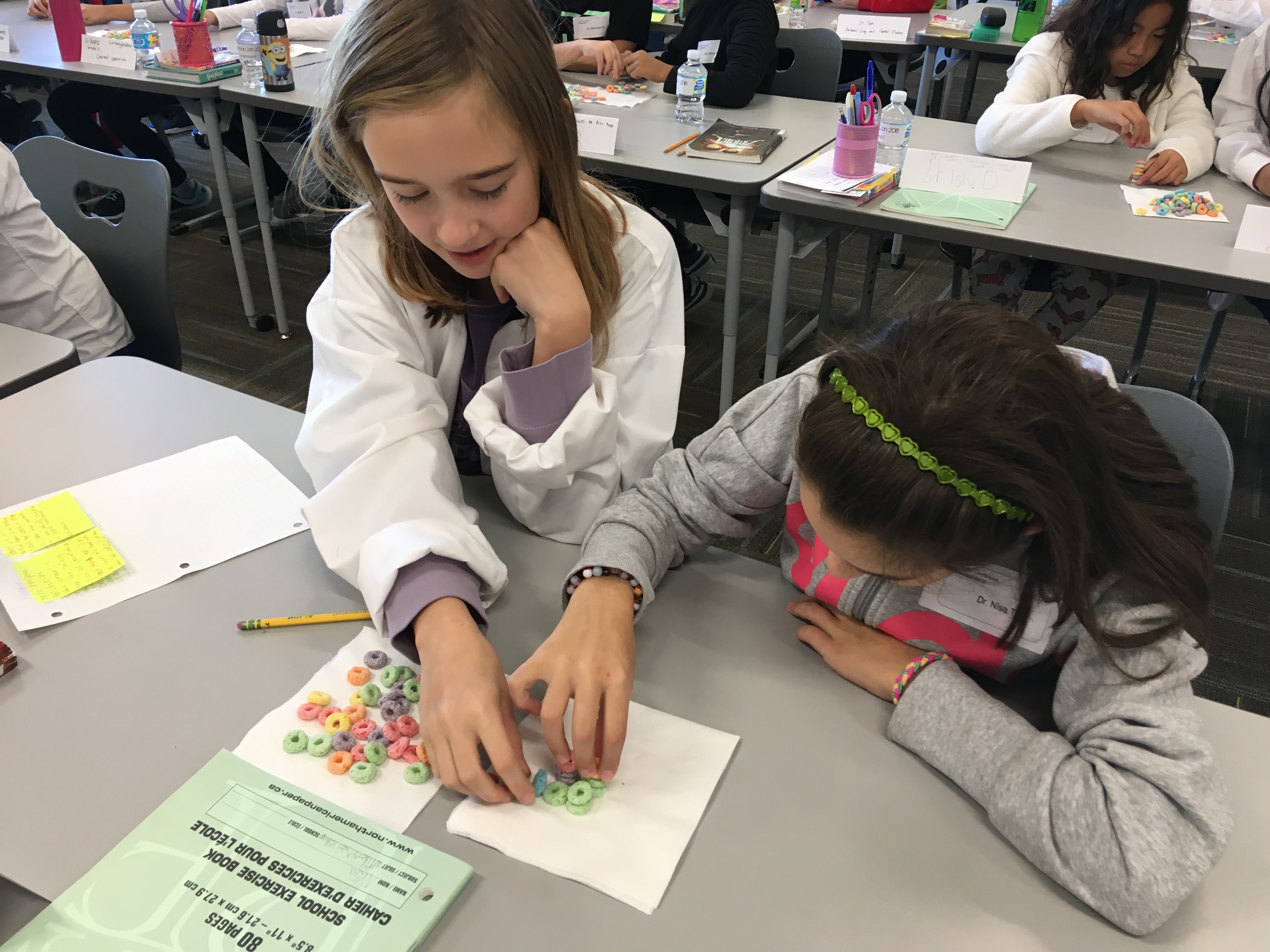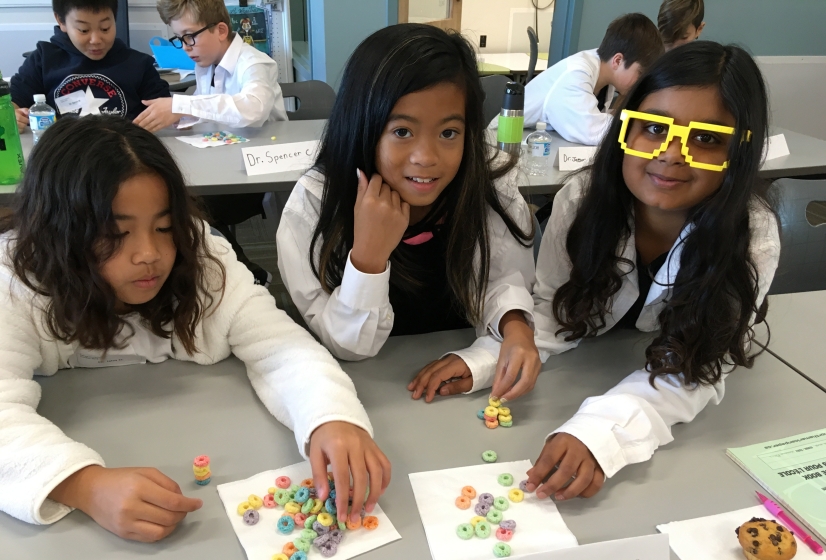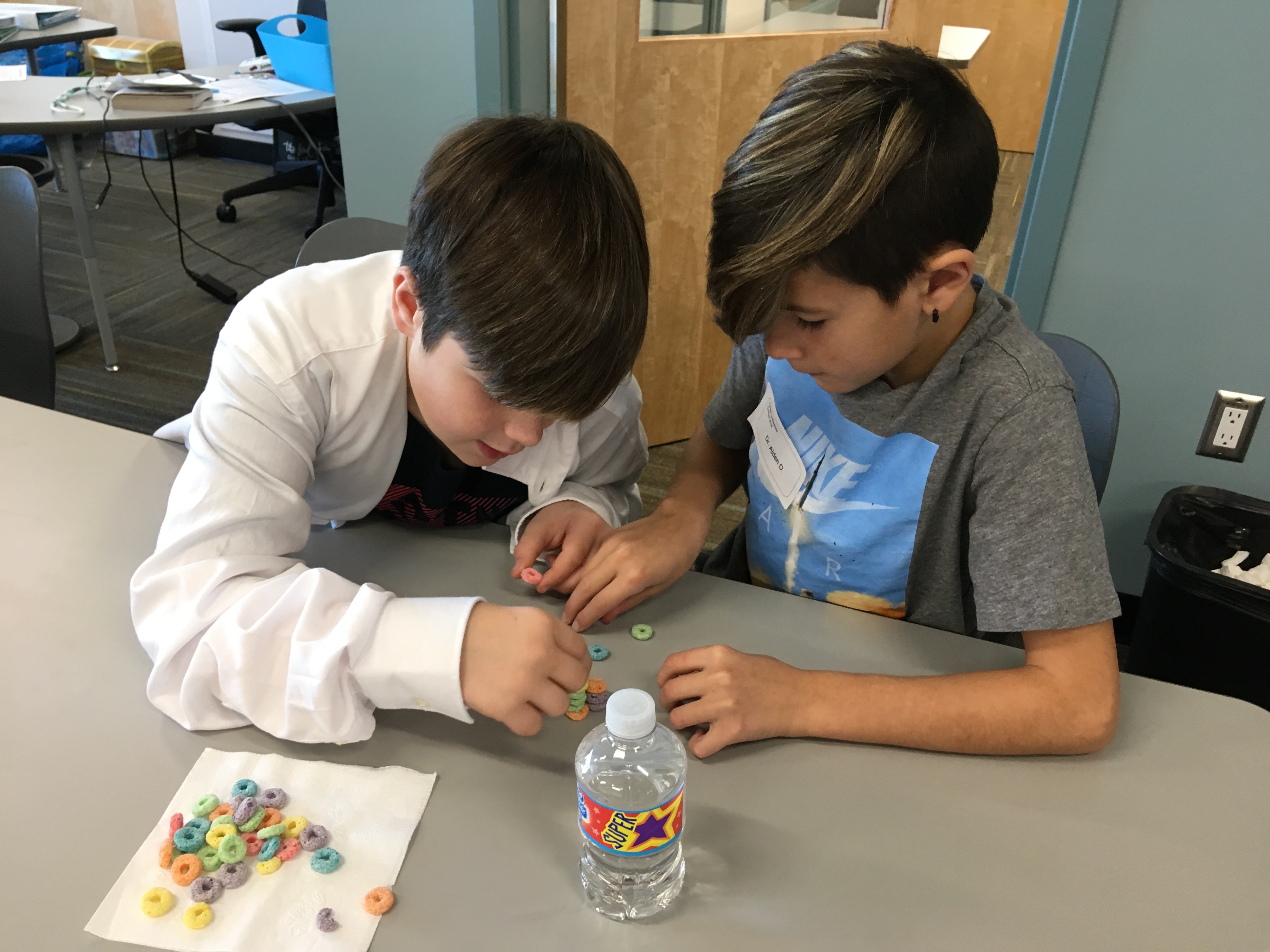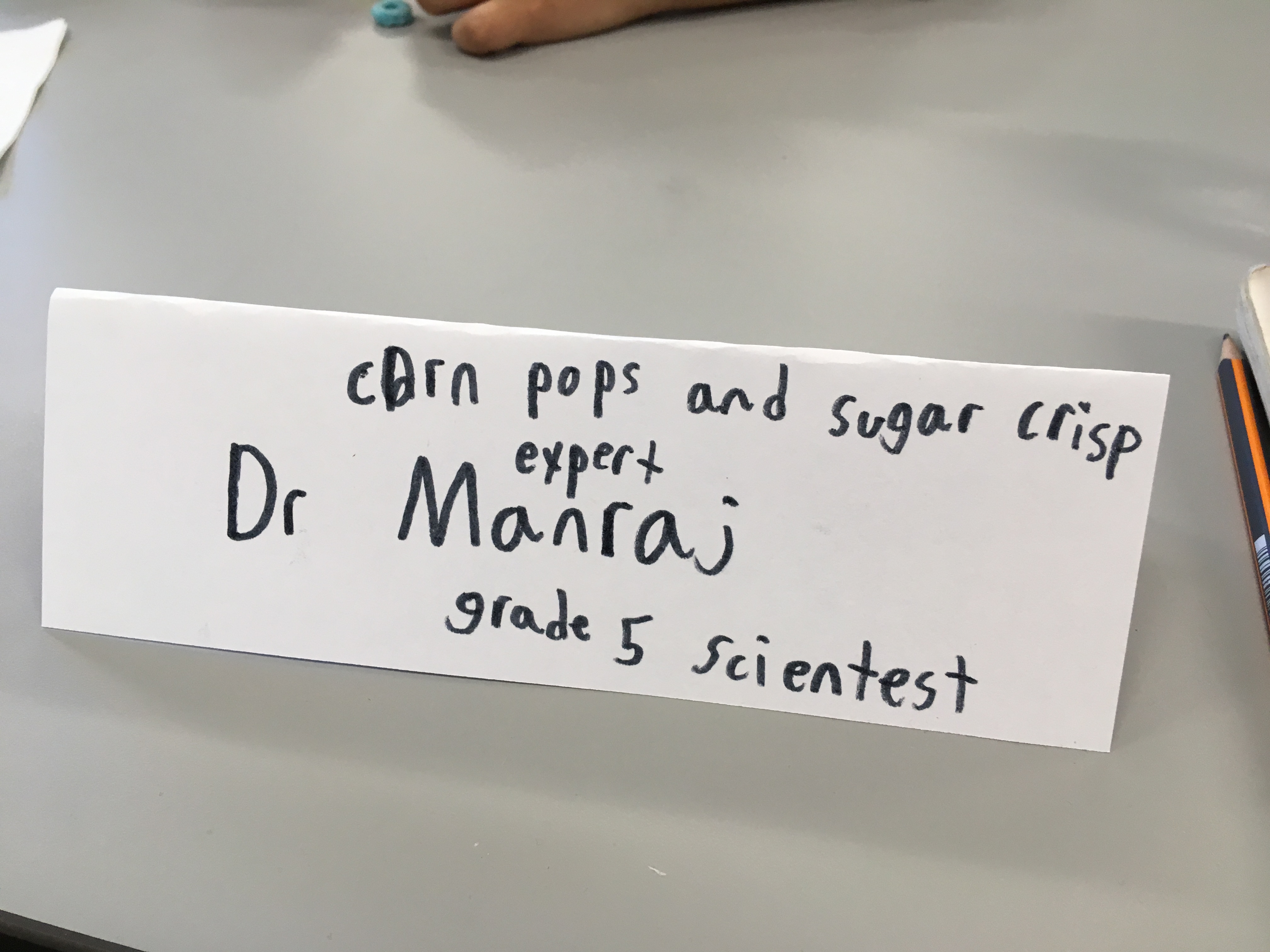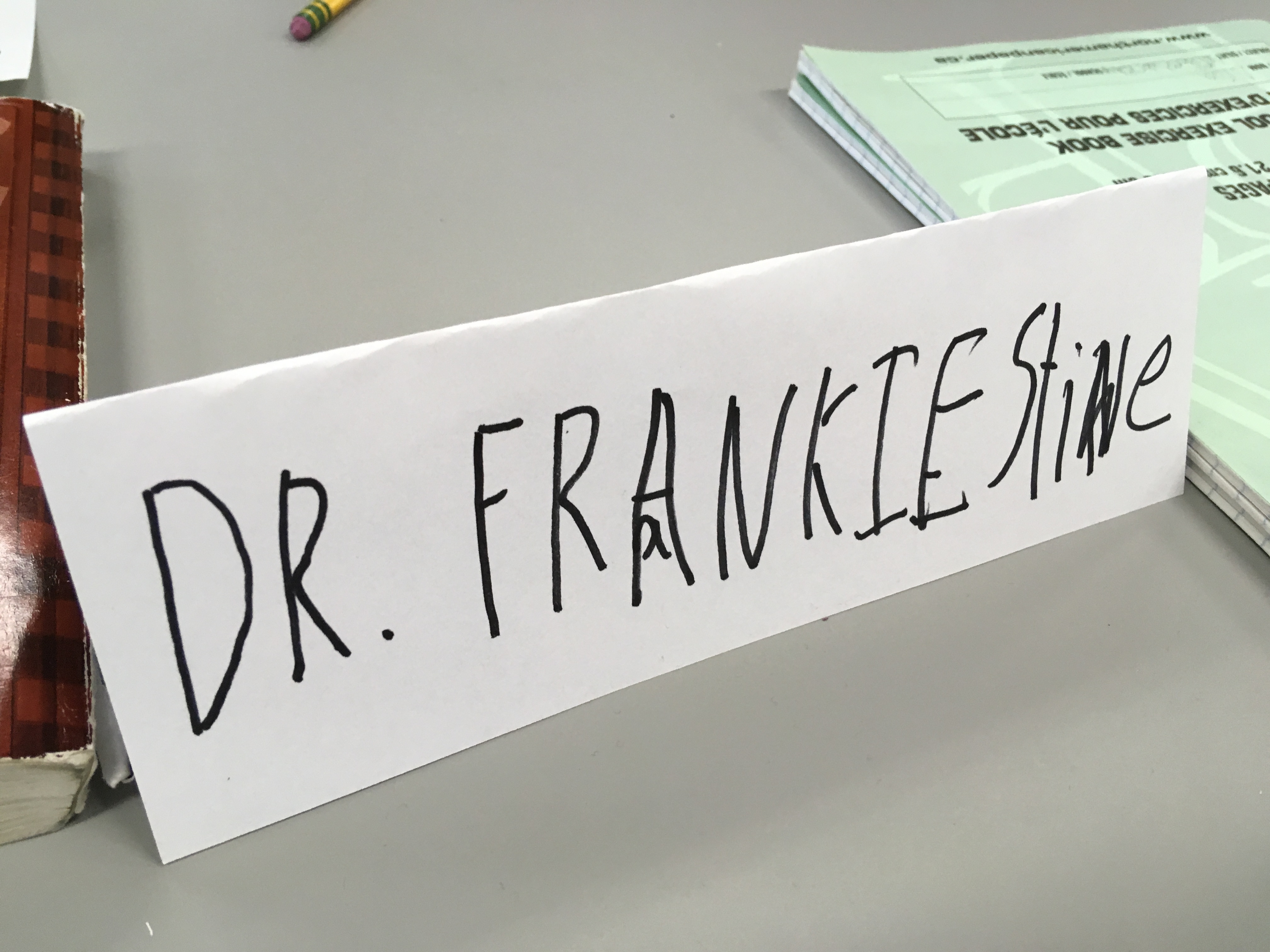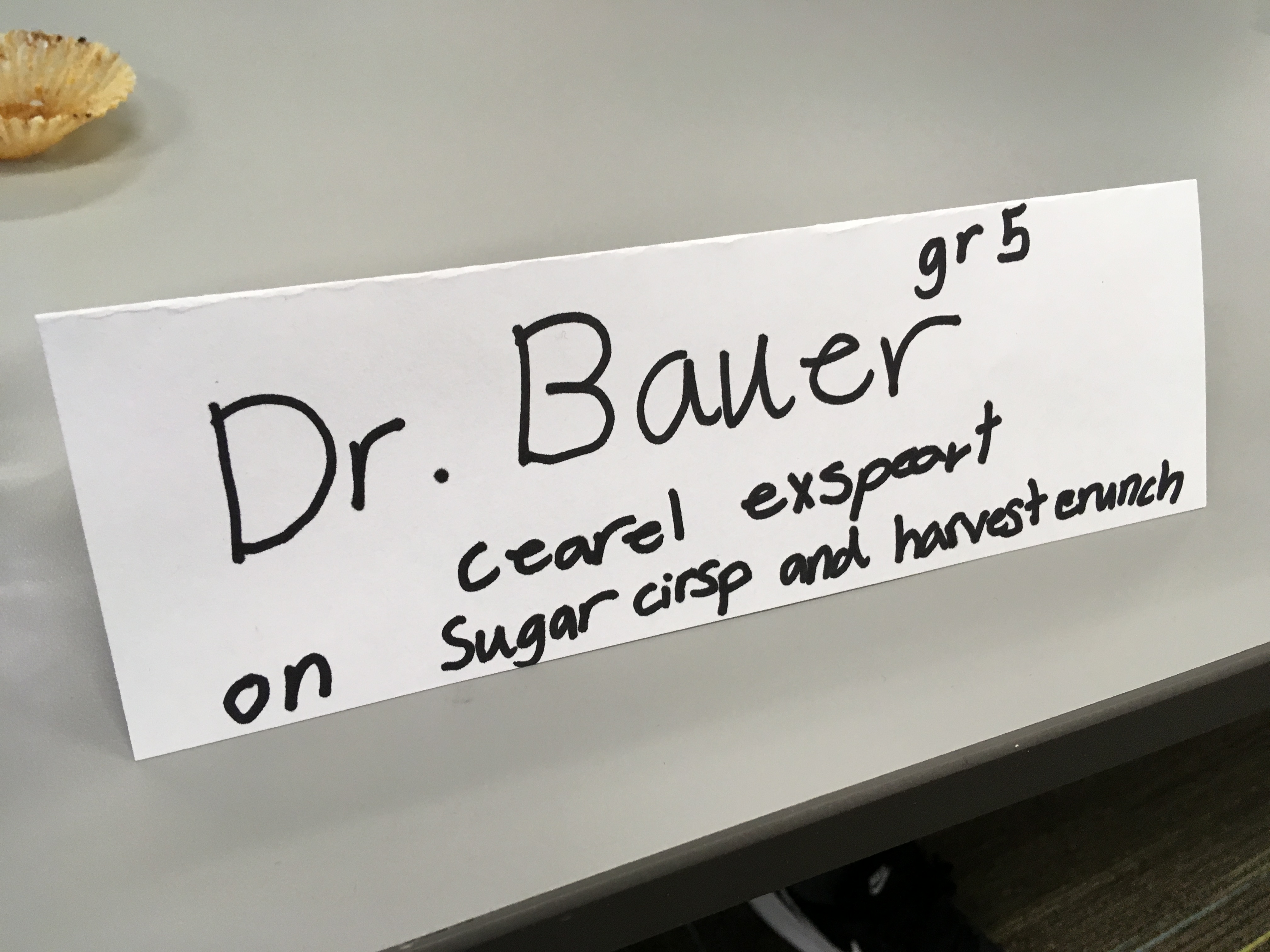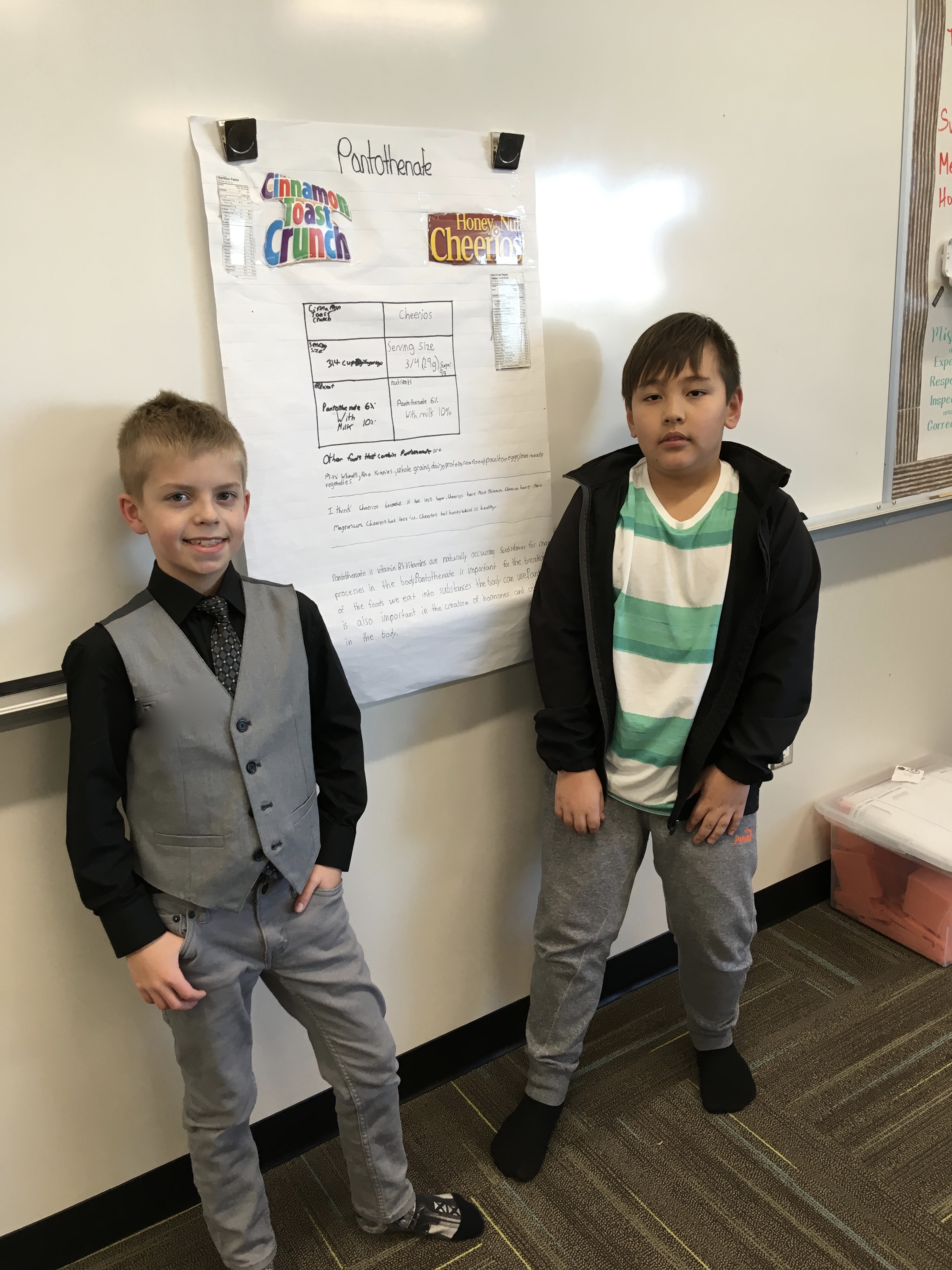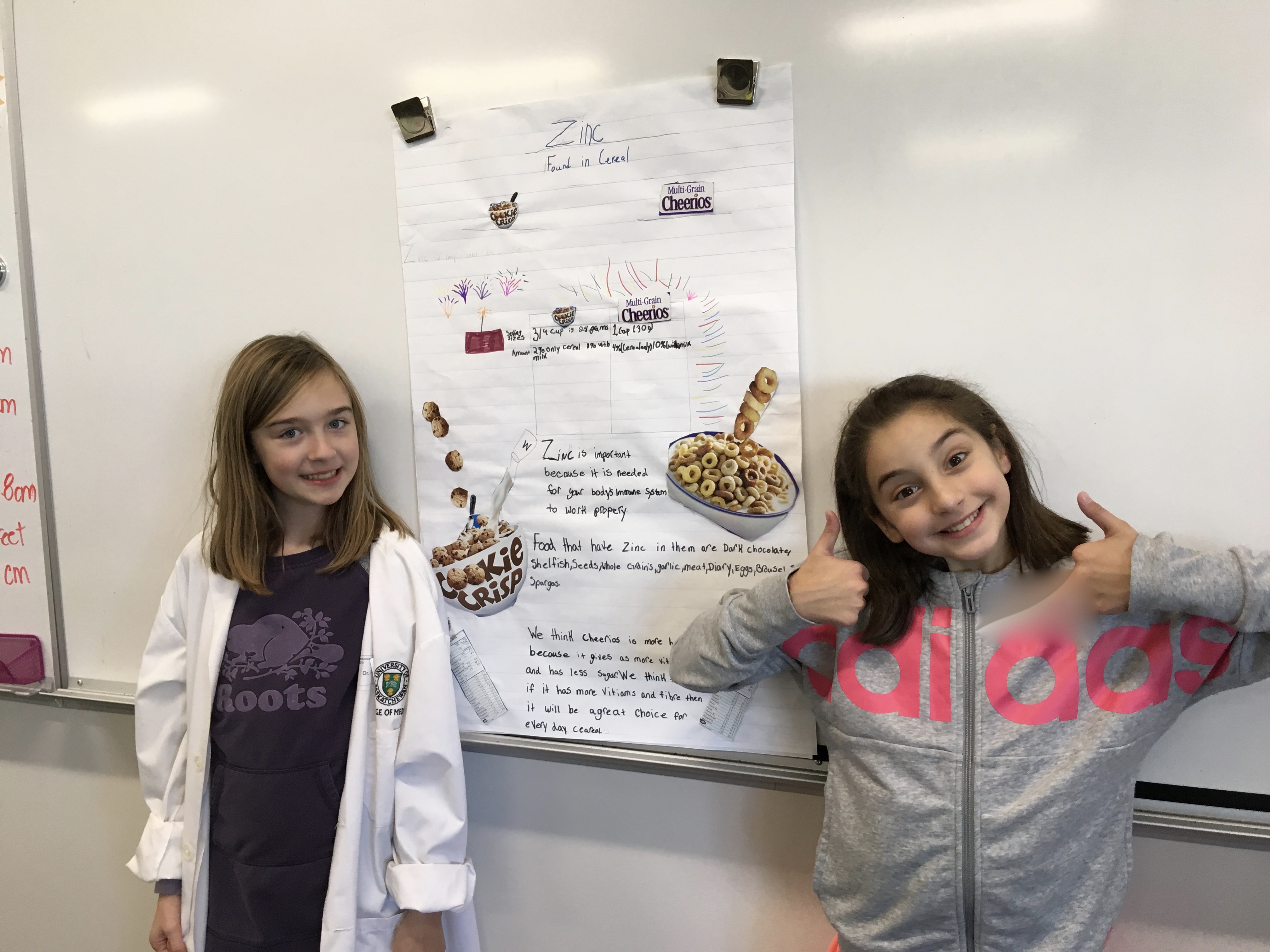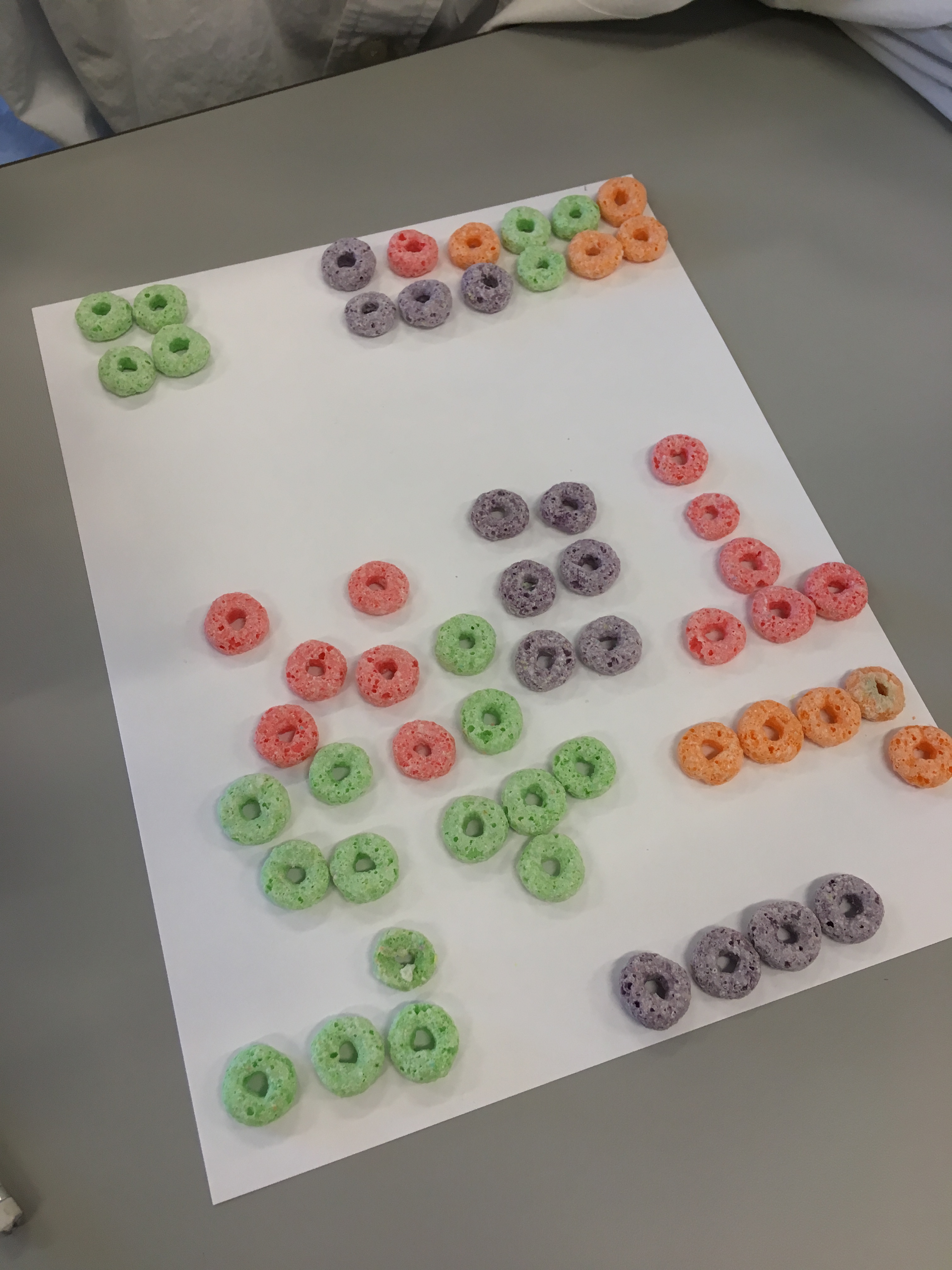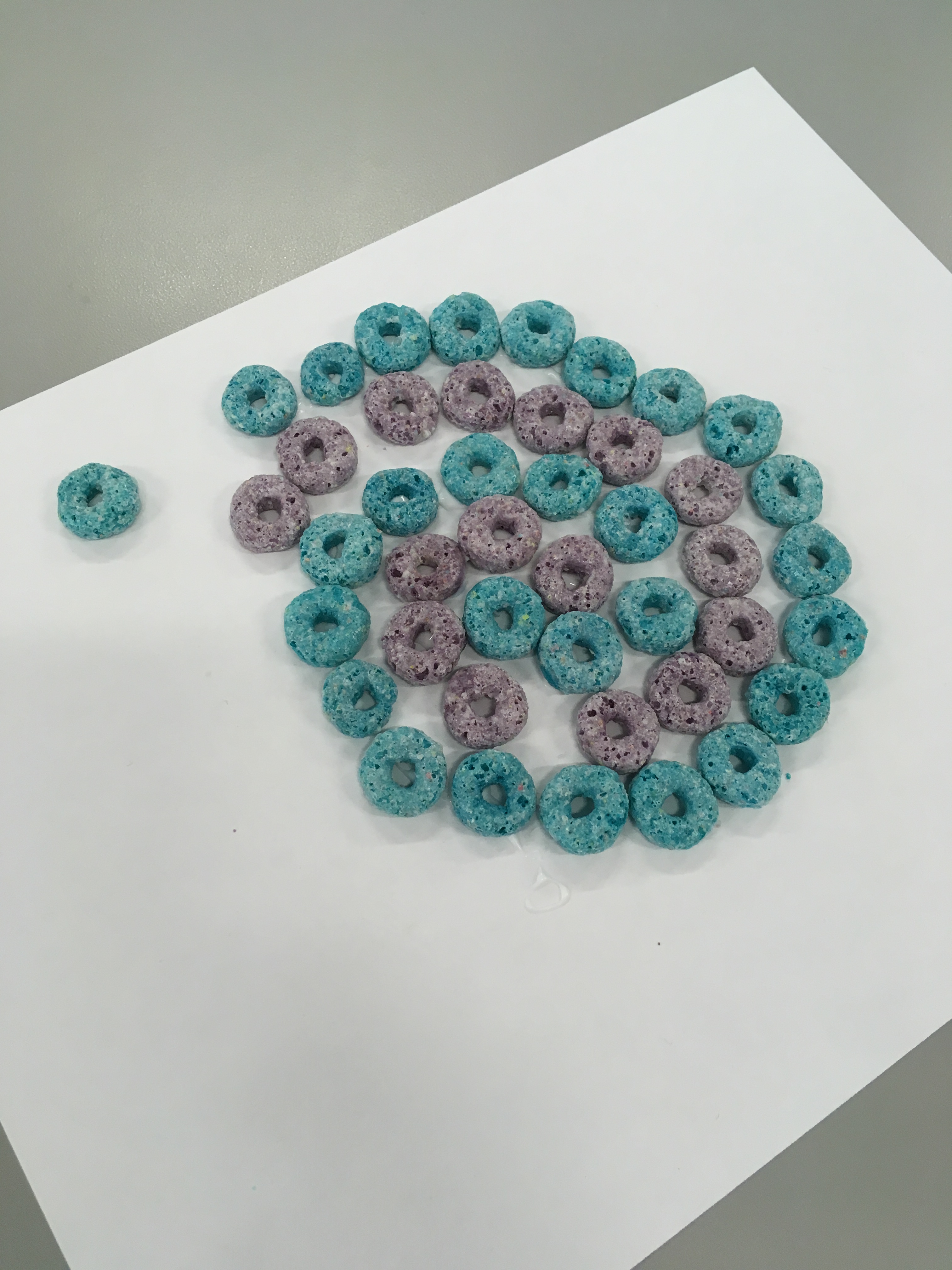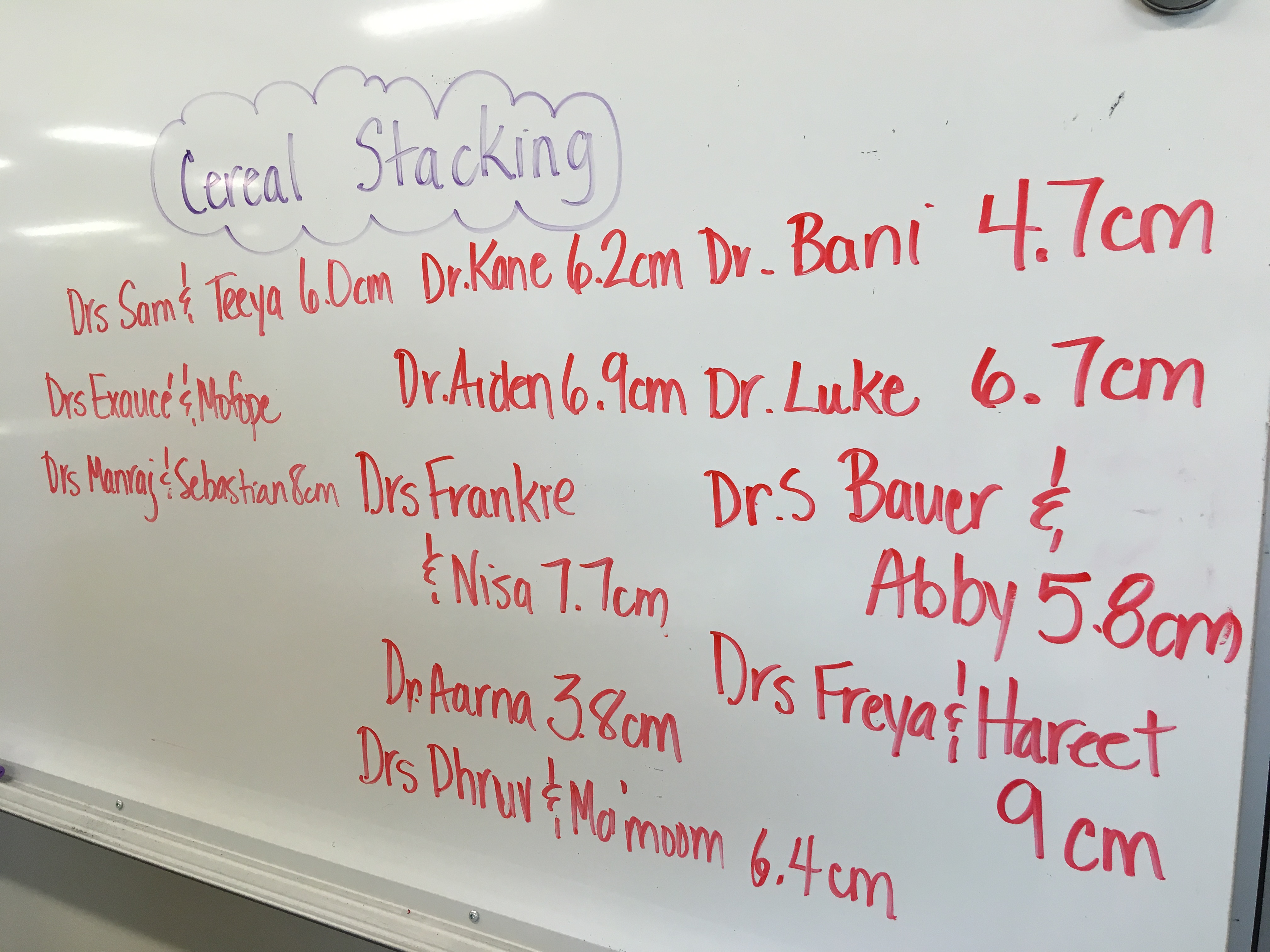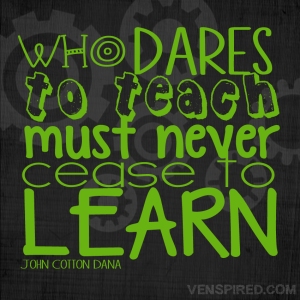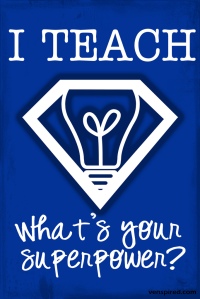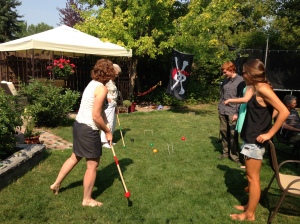For a week in March I was extremely fortunate to be asked to be part of a group of people who would help design and plan 9 new joint-use facility (Public and Catholic) schools to be built in our province. It used the Lean Process and was facilitated by Dave from Seattle. (Which is all I know about him.) We had teachers, consultants, facilities people, division office folks, parents, board members and students from 5 different school divisions involved. Dave from Seattle (henceforth known as DFS) had a bit of a bumpy start with the group of nearly 100 people in attendance. DFS thought that the majority of the participants there were more familiar with the Lean process than we actually were. Actually, most of us there knew NOTHING about the process so the information that we were initially given went WAY over most of our heads and the connection to what we thought we were there for was lost, almost entirely. Value-stream mapping and fishboning, for example, were activities that we had trouble connecting to the understood purpose of school design:
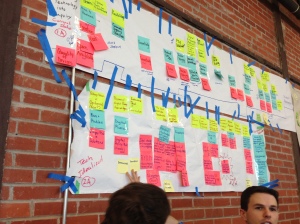
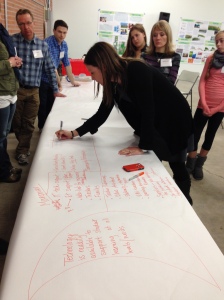
DFS told us that if we ever felt that things unclear, if our tasks seemed ill-explained, or if for any reason we were frustrated or lost during the process that we were to declare a “breakdown.” Now, no one did while we were there, and I wonder what that might have looked like if one had, but I know that there were times when it should have been used, given the comments that we were hearing and the frustration levels at times.
We were tasked with designing the new “School of the Future” builds, fully realizing that our plans and models wouldn’t be built *exactly* as we had suggested but being optimistic that the main ideas and themes that had been would be implemented.
The process was daunting and difficult. It was also one of the most amazing things I’ve ever been involved in! After seeing an extremely motivational presentation by some kids from Red Deer, and their plan for the school of the future, which won an international design competition, we were ready to start planning our “schools of the future.”
We were given the ‘shell’ of the design to work with, the “Tetris” model. Onto that, we had to arrange and place coloured pieces of paper which represented different learning areas/rooms/spaces around the school. And once we had a whole school planned, both the Public side, Catholic side and the shared use facilities in the center of the school, we had to do it again. Six more times. This was the Seven Ways Process. By the last ways, people were tired of looking at coloured squares and although there may have been some more ‘outrageous’ ideas being thrown around we were sometimes less likely to be thinking traditionally and more likely to start cutting the square pieces of paper into curved pieces or tossing those pieces and creating our own.
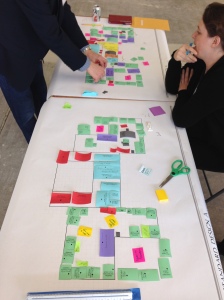
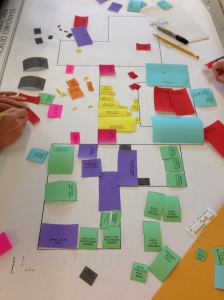 120+ plans later (for two separate designs) we had to vote on our favourites, based on attributes such as flow and functionality pieces.
120+ plans later (for two separate designs) we had to vote on our favourites, based on attributes such as flow and functionality pieces.
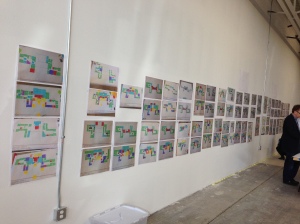
After those plans were whittled down to 2 (well, 3, but that’s a whole other blog post) we started to create our models. The plans were simply a guideline. Our finished model was based on some of those ideas, other brilliant ideas that came to be as we built, space restrictions or square footage requirements. And 3 mighty awesome designs were the result. Plan A was a model that had space for 650 kids per ‘side’. Plan B was 650 on one side (Public) and 450 on the other (Catholic). Both had 2 floors.
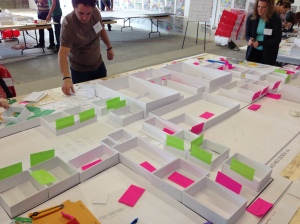
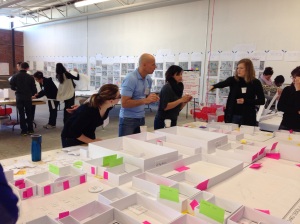
In addition to the models that were made, a group was charged with building a full-scale model of a few rooms within the plan.
On Friday of that week we had a Report Out to all of the participants of the week, the media, Directors of Education from the 5 school divisions that were involved. The models were shown and explained and the ‘favourite’ features of each plan were shared.
Yesterday, at the 30 Day Review, we met again with the architects to see the preliminary plans that have been created based on the Quality Metrics (desired attributes) that were identified in each plan. These plans will eventually become the ‘core’ plan and will be configured and tweaked according to the needs of each individual school division based on their separate educational directions, readiness, and needs.
So. We were designing the ‘School of the Future.” The school that will meet the needs of our students and communities for the next 30 years. Considering changes in educational pedagogy and technology. So we were largely planning for the unknown. Can we anticipate what education will look like in 20 years? Not really. However, the trend that came about time and time again during the planning stages was that we didn’t want to be ‘traditional.’ Collaborative spaces for students and teachers were identified as a high-need. Flexible spaces for different uses. Maker spaces. Areas for messy inquiry. Community shared areas and spaces to be shared between the two schools in the structure.
The plan that we saw yesterday seemed to lean largely towards a traditional space, in my opinion.
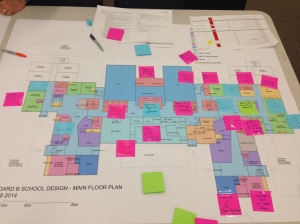
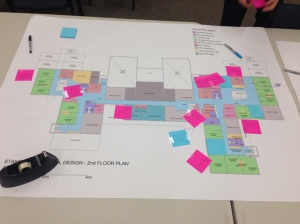
While many of the Quality Metrics were indeed incorporated, I think that we are still needing more and larger flexible spaces. More areas for students to congregate and share and collaborate. I am in awe of the architects who are facilitating these meetings. Laura and Craig listen to our sometimes far-out ideas and never give us the “look” or the comment that we’re crazy and ‘of course that will never happen.’ They are supportive and listen to our ideas and madly take notes the whole time. Their task to take all of these ‘wants,’ from a variety of interest groups and different educational beliefs and ideologies can be nothing short of daunting.
I teach in a school that will turn 25 years old next year. It’s an amazing facility, bursting at the seams! We have traditional spaces for our classrooms but see kids working in non-traditional places all the time – stair wells, hallways, shared learning areas. And in most of these areas, they are collaborating on something. The technology in our school is used progressively and by most teachers. We have charging carts for technology and some teachers have incorporated a ‘charging station’ area in their own rooms. “Traditional” classrooms are organized by individual teachers – some preferring desks (I like them but rarely have them in a traditional – read: rows – design) and some preferring tables. Many have a communal ‘gathering’ areas or other work-spaces and specialized, functional furniture such as standing desks, rocking chairs and beanbag chairs. Many of our teachers teach as if they were in a ‘school of the future.’ Lots of inquiry learning, technology and BYOD opportunities, collaboration with other teachers, classrooms and among students. We have a small outdoor garden, a space created by a few teachers, their time and passion and a Gardening Club. Many teachers link their students’ learning to our environment by being outside whenever possible and take care of the environment by encouraging recycling, being aware of paper usage and other initiatives.
To me, the plan that we saw yesterday seems more similar to my present, 25 year old school than the “Jetsons-esque” ‘School of the Future’ that many people believed we were planning. There were some fantastic additions, including DaVinci Studios and teacher collaboration spaces. The inclusion of the presentation staircase for seating and performances is one of my favourite things! The architects heard that we wanted more open space, more areas for flexible usage (ie: garage/pony doors to allow for open or more contained spaces), and I hope that when they take those things back to their group, they will incorporate more of them. I won’t lie. I am a bit disappointed. We spent a week planning these schools and although we knew that they wouldn’t be built exactly how they were presented, we were optimistic that we would see similarities in the final planning stages.
So, DFS, who is no longer part of this process, here’s where I’m ready to call a breakdown, fully recognizing that it’s too late. Here are my questions, concerns, and or ponderings:
* Have we succeeded in building a ‘school of the future?’ The spaces in my present school are being used quite similarly to some that are planned in the drawing we saw yesterday. 27 years ago, when the planning started for this facility, were *they* planning for the school of the future? Maybe this means they succeeded, as maybe we will have?
* What happens when we try to staff these facilities? Are there enough teachers who will be willing to give up the control of their one space and share a collaborative space with others? I think it would be an interesting challenge! Will teachers who have a more traditional view of educational practices ‘close off’ their open spaces in order to teach as they always have? I hope that there will be opportunities for expressions of interest and mentoring by people who have been in these situations.
* For those of us who have been students in open area classrooms. (Dating myself: Confederation Park School, Saskatoon. I was in Grade One when that school opened with its central, open resource centre, break-out rooms and open area classrooms.) Did it work back then? Most people would likely say probably not, since most schools eventually erected walls or used dividers to break the spaces back into more traditional classrooms. But was it the same educational practices driving our instruction? I don’t think it was. I think comparing the classrooms of the mid-late 70s to the classrooms now is apples and oranges.
* We have a window in our facility that leads out onto the roof of the school. What are the chances that my Principal will let me use that as access to the roof where we could create a rooftop garden space? Okay, probably not, but I’ll ask, anyway.
* And what happens next? Is the input of teachers and students over until the builds start in 2015? Will our finances and facilities managers lead the charge from now on? Just wondering. . .
I am extremely grateful that I was given the opportunity to be involved in this process. It was and continues to be exciting and interesting. I look forward to seeing this process move forward in the next few years.
And now I will call a “Buzz Delta.” Which will mean something only to the people who I attended this fantastic week with. . .

